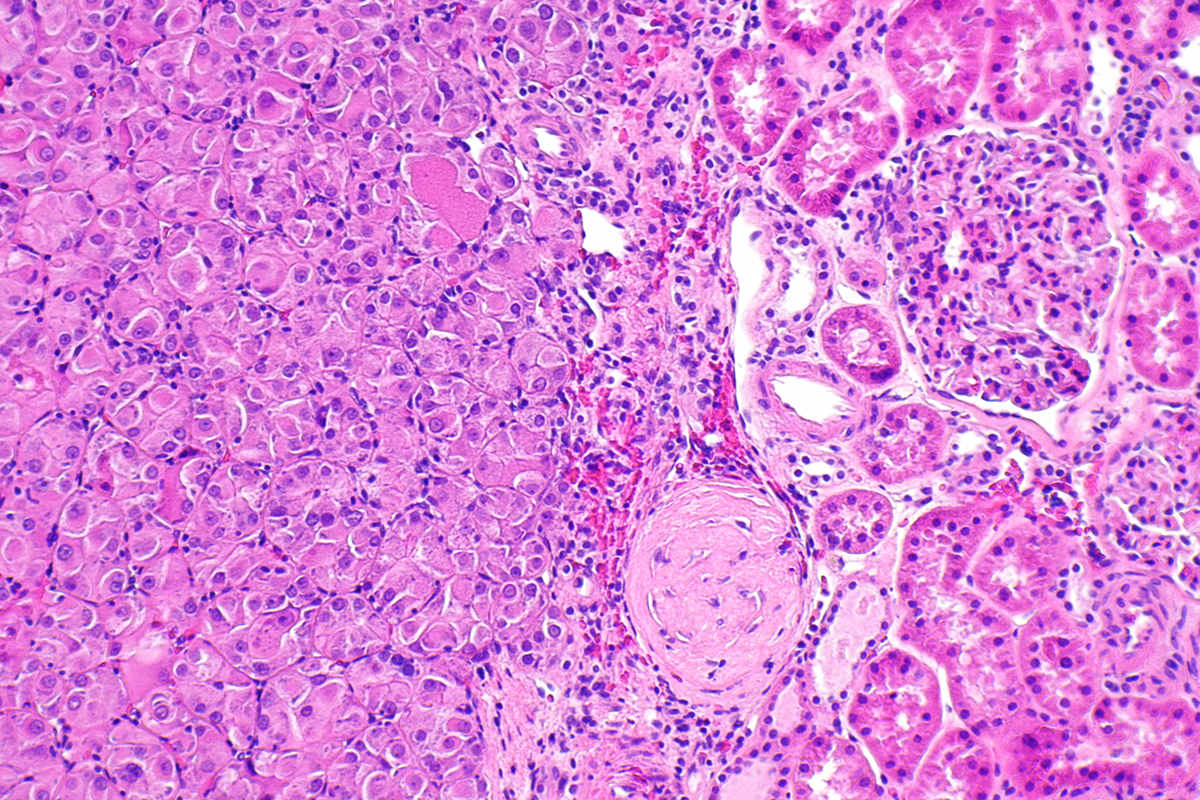
Renal Cysts
Renal cysts are sacs filled with air or fluid. They may even be filled with semisolid substance. The kidney may be affected by one or many renal cysts.
Renal cystic disease can be asymptomatic and renal cysts can be accidentally discovered during routine ultrasonography of the kidneys. On the other hand, some renal cysts may cause certain symptoms and this is how they are diagnosed. The treatment is indicated only in renal cysts which cause pain and some additional symptoms. Majority of renal cysts are benign. Unfortunately in some cases they can be malignant.
Symptoms of Renal Cysts
In asymptomatic form of the disease patients do not experience any of the symptoms or signs related to cysts. However, in certain number of patients renal cysts may cause pain. Pain can be described as back pain or abdominal pain. Some may even correctly localize pain in the kidney area.
Additional symptoms include problems with urination such as frequent urination or traces of blood in urine. In some patients cysts can be a cause of urinary tract infections.
Causes of Renal Cysts
Renal cysts can occur due to a variety of factors. In certain number of patients renal cysts develop due to genetics. They may result as a consequence of structural obstruction in the kidney. Even lymphatic obstruction as well as vascular diseases may lead to kidney cyst formation.
Polycystic Kidney Disease is genetic disorder which features with multiple cysts in both kidneys. Tapeworms are another cause of not only kidney cysts but as well as cysts in other internal organs.
Treatment for Renal Cysts
The diagnosis is set after the doctor performs ultrasonography of the kidney area. Better insight in renal cysts and their relation to surrounding tissues and organs can be achieved by CT scan or MRI of the abdomen.
Sclerotherapy and aspiration are only two treatment modalities for renal cysts. They are rather successful in elimination of kidney cysts. Aspiration includes insertion of a needle directly into the cyst and drainage of its content. After that the cyst is filled with a solution which contains alcohol. This is actually subsequent part of the procedure called sclerotherapy.
Laparoscopic cyst decortication is a procedure in which the cyst is open by small incision. What follows is filling of the cyst with gas. The procedure eliminates the cyst and prevents its re-occurrence. Laparoscopic cyst decortication is performed only if aspiration has not provided with desirable effects.
The content of the cyst obtained by aspiration needs to be sent for pathohistological examination.



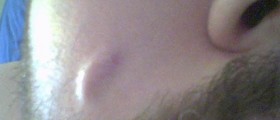
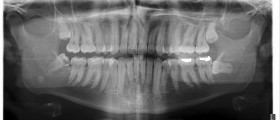

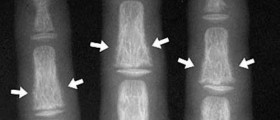

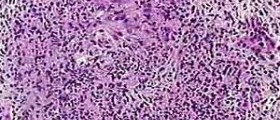






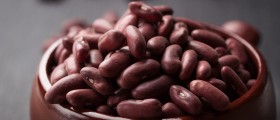
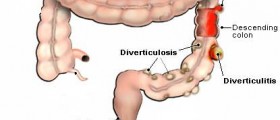
Your thoughts on this
Loading...